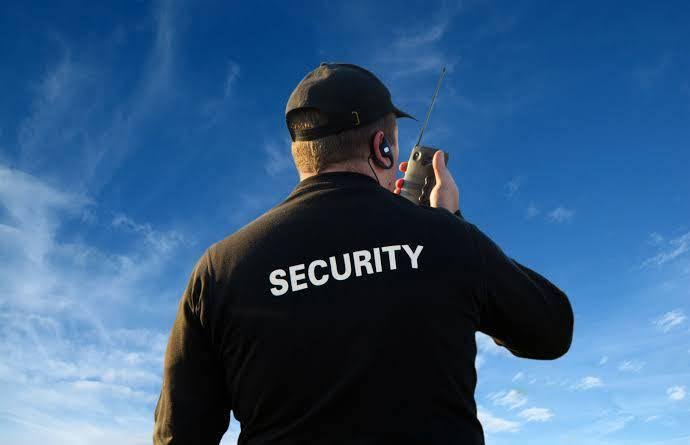Australia’s aquatic centers, a staple across the country’s cities and coastal areas, are highly popular for both locals and tourists. Whether for recreation, sports, or swim classes, these centers depend on lifeguards to maintain a safe environment for swimmers. Lifeguard jobs in Australia are in consistent demand, offering competitive pay rates of AU$18-22 per hour. For skilled international applicants, there’s also the possibility of visa sponsorship, especially for roles in regions with a shortage of trained professionals.
Why Lifeguard Jobs Are in Demand in Australia
Australia’s outdoor culture and warm climate make aquatic centers busy year-round, particularly in warmer months. The high volume of visitors, from young children to older adults, means these centers rely on well-trained lifeguards to monitor pools, ensure compliance with safety guidelines, and respond swiftly to emergencies. For international workers with lifeguard certifications, Australia’s high demand for qualified aquatic professionals presents an exciting opportunity to work and live in a dynamic, outdoor-focused country.
Roles and Responsibilities of a Lifeguard
As a lifeguard at an aquatic center, you will be responsible for:
- Monitoring pool areas: Ensuring swimmer safety, identifying hazards, and intervening as necessary.
- Emergency response: Being ready to perform rescues, provide first aid, and utilize life-saving techniques during emergencies.
- Enforcing rules: Maintaining a safe environment by enforcing pool rules and preventing unsafe behavior.
- Maintaining equipment: Checking and maintaining safety equipment, including life buoys, first aid kits, and defibrillators.
Working as a lifeguard requires a high level of vigilance, strong swimming skills, and the ability to stay calm under pressure.
Qualifications and Certifications Needed
To qualify as a lifeguard in Australia, most aquatic centers require:
- Current Lifeguard Certification: Certification through recognized programs such as Royal Life Saving Society Australia (RLSSA) is generally required.
- CPR and First Aid Certification: Essential for handling emergencies, including the ability to perform defibrillation.
- Strong Swimming Ability: Lifeguards must pass swim assessments demonstrating fitness and strength.
Visa Sponsorship Options
For international applicants, certain visa options allow skilled lifeguards to work in Australia legally. Key options include:
- Temporary Skill Shortage (TSS) Visa (Subclass 482): Employers can sponsor skilled lifeguards to fill critical roles, especially in regions facing labor shortages.
- Working Holiday Visa (Subclass 417 or 462): For individuals aged 18-30 (or 35 for some countries), this visa allows temporary work, ideal for seasonal lifeguard positions.
- Regional Sponsored Visa (Subclass 494): Employers in designated regional areas may sponsor lifeguards, with a pathway to permanent residency.
How to Apply
To secure a lifeguard role in Australia, consider these steps:
- Get Certified: Ensure you hold recognized lifeguard and first aid certifications.
- Target Employers Offering Sponsorship: Aquatic centers in regional areas and tourism-heavy regions are more likely to offer sponsorship.
- Apply via Job Boards: Sites like Seek and Indeed list lifeguard jobs across Australia, including seasonal and permanent roles.
Conclusion
Lifeguard jobs in Australia offer excellent pay, visa sponsorship potential, and the chance to work in one of the world’s most outdoor-focused nations. For skilled lifeguards looking for an exciting career abroad, Australia’s aquatic centers provide an ideal workplace that combines responsibility with the vibrant culture of Aussie life.






